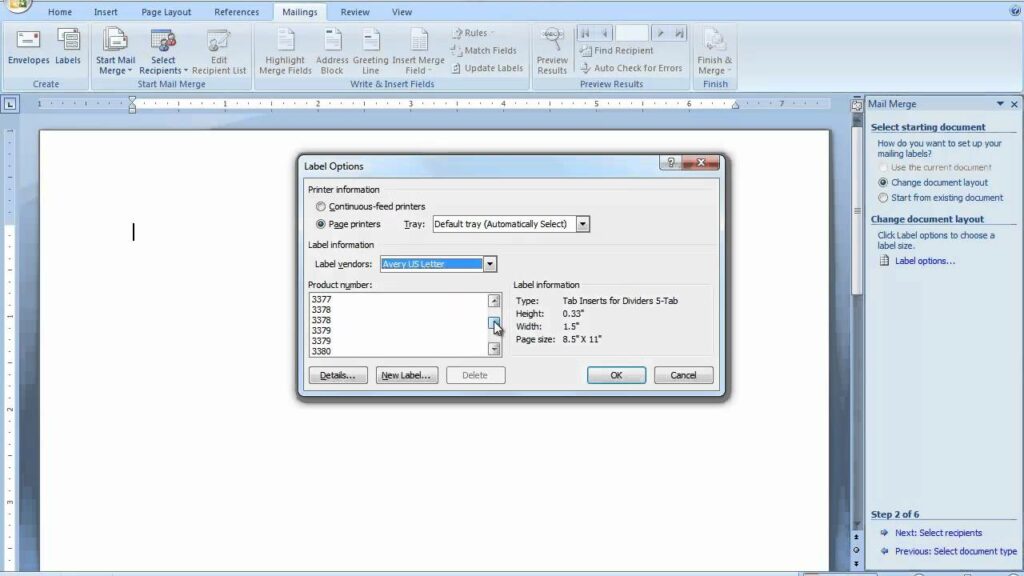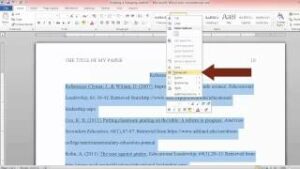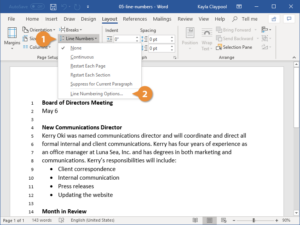Streamlining Communication: A Comprehensive Guide to Using Mail Merge in Microsoft Word 2007

Introduction:
Microsoft Word 2007 introduced a powerful feature known as Mail Merge, revolutionizing the way users handle mass communication and document personalization. In this extensive guide, we will explore the intricacies of using Mail Merge in Microsoft Word 2007, unraveling its functionalities, customization options, and best practices for efficiently creating personalized documents, letters, and emails.
I. Understanding Mail Merge:
- Definition and Purpose:
- Mail Merge is a feature in Word 2007 that enables users to create personalized documents by merging a master document with a data source. It is particularly useful for generating bulk letters, envelopes, labels, and emails.
- Key Components:
- Mail Merge involves two main components – the main document (template) and the data source. The main document contains placeholders that are filled with data from the data source to create individualized copies.
II. Accessing Mail Merge Options:
- Mailings Tab:
- Access Mail Merge options from the Mailings tab in Word 2007. The Mail Merge Wizard and Mail Merge toolbar provide tools for configuring and executing mail merge operations.
- Selecting Document Type:
- Choose the type of document you want to create using Mail Merge, such as letters, envelopes, labels, or emails. Each document type has specific settings tailored to its purpose.
III. Creating the Main Document:
- Inserting Merge Fields:
- Insert merge fields into the main document to indicate where personalized information from the data source should be inserted. Merge fields act as placeholders for data.
- Previewing Results:
- Use the Preview Results feature to visualize how the merged documents will look with actual data. This step ensures accuracy and allows for adjustments before completing the merge.
IV. Selecting the Data Source:
- Data Source Options:
- Choose the data source for Mail Merge, which can be an Excel spreadsheet, Access database, Outlook contacts, or a Word table. Ensure that the data source contains the necessary fields for personalized information.
- Connecting to External Data:
- Connect Word 2007 to external data sources to facilitate dynamic updates. This is particularly useful when working with data that may change over time.
V. Configuring Mail Merge Settings:
- Filtering and Sorting:
- Use filtering and sorting options to refine the data source and target specific records. This is beneficial when creating targeted communication for specific groups within the data.
- Duplicating Documents:
- Configure settings for handling duplicate documents to avoid redundancy in the merged output. Word 2007 offers options for skipping, replacing, or highlighting duplicates.
VI. Executing the Mail Merge:
- Completing the Merge:
- Follow the steps in the Mail Merge Wizard to complete the merge process. This involves specifying the output type, previewing the results, and finalizing the merge.
- Printing or Sending Documents:
- Choose whether to print the merged documents directly from Word or to create a new document file. Alternatively, use Mail Merge to send personalized emails directly from Word.
VII. Customizing Mail Merge Documents:
- Adding Formatting and Graphics:
- Enhance the appearance of merged documents by adding formatting, graphics, and logos. Customizing the design ensures that the final output is visually appealing.
- Inserting Rules and Conditions:
- Use rules and conditions to insert dynamic content based on specific criteria. This allows for further personalization and customization in the merged documents.
VIII. Mail Merge for Labels and Envelopes:
- Label Formats:
- Configure Mail Merge for labels by selecting the appropriate label format. Word 2007 supports a wide range of label layouts, ensuring compatibility with various label sheets.
- Envelope Sizes and Styles:
- Customize Mail Merge for envelopes by specifying the envelope size and style. This ensures that addresses are appropriately positioned and formatted on the envelope.
IX. Advanced Mail Merge Techniques:
- Using If-Then-Else Conditions:
- Incorporate If-Then-Else conditions to create dynamic content based on specific criteria. This advanced technique allows for conditional text and personalized variations.
- Linking to External Data Sources:
- Link Word 2007 to external data sources dynamically to ensure that merged documents reflect real-time changes in the data. This is particularly useful for frequently updated contact lists.
X. Collaborative Mail Merge:
- Sharing Mail Merge Templates:
- Collaborate with others by sharing Mail Merge templates. Ensure that collaborators adhere to consistent template designs and merge settings.
- Centralized Data Sources:
- Establish centralized data sources for collaborative projects to maintain data integrity and consistency. This ensures that all collaborators access the most up-to-date information.
XI. Document Accessibility and Mail Merge:
- Accessible Merge Fields:
- Consider accessibility when using Mail Merge. Ensure that merge fields and resulting content are designed to be accessible to users with visual or cognitive impairments.
- Testing with Screen Readers:
- Test merged documents with screen readers to verify compatibility. Use clear and descriptive language in merge fields for enhanced accessibility.
XII. Mastering Mail Merge Techniques:
- Continuous Learning:
- Mastery of Mail Merge techniques involves continuous learning and exploration of advanced functionalities for optimal document personalization.
- Community and Online Resources:
- Engage with the community and explore online resources, tutorials, and forums to stay updated on the latest Mail Merge features and best practices.
XIII. Conclusion:
- Efficient Communication at Scale:
- By mastering the art of using Mail Merge in Microsoft Word 2007, users can streamline communication processes, efficiently creating personalized documents for various purposes.
- Empowering Document Personalization:
- Striking the perfect balance between functionality and efficiency, Word 2007’s Mail Merge feature empowers users to personalize documents at scale, making communication more effective and targeted.
As you embark on the journey of using Mail Merge in Microsoft Word 2007, you unlock the potential to streamline communication and create personalized documents that cater to the unique needs of your audience. Embrace the diverse features, experiment with creative customization, and empower yourself to efficiently handle mass communication with precision and ease.







